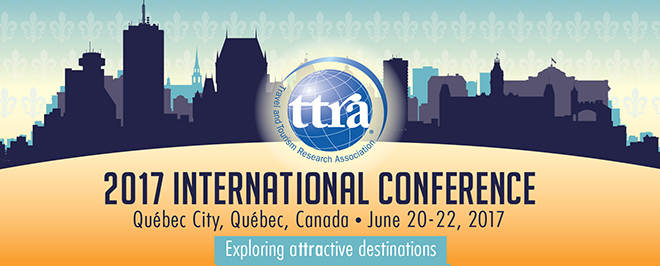Abstract (150 Words)
To promote nature-based destinations with crustal activity, it is crucial to capture scenic images of these to communicate their inherent attractiveness to potential visitors while minimizing perceived risk. This study aims to investigate how the presence of a visitor and a human-made touristic structure in photographs affects potential visitors’ evaluations of a volcano and to offer avenues to leverage the inherent nature of creative, smart, and sustainable destinations. Sixty-one students rated 24 slide photographs featuring a volcano with and without a visitor, a human-made structure, and a volcanic plume, on scales regarding the touristic sense, activity, grandness, transcendence, and security. The results implied the risk-cushioning effects of the presence of the visitor and the human-made structure. As the structure enhanced the sense of transcendence and grandness, its inclusion may be effective in communicating the destination’s attractiveness.
Effects of touristic elements in photographs on potential visitors’ evaluations of a volcano
To promote nature-based destinations with crustal activity, it is crucial to capture scenic images of these to communicate their inherent attractiveness to potential visitors while minimizing perceived risk. This study aims to investigate how the presence of a visitor and a human-made touristic structure in photographs affects potential visitors’ evaluations of a volcano and to offer avenues to leverage the inherent nature of creative, smart, and sustainable destinations. Sixty-one students rated 24 slide photographs featuring a volcano with and without a visitor, a human-made structure, and a volcanic plume, on scales regarding the touristic sense, activity, grandness, transcendence, and security. The results implied the risk-cushioning effects of the presence of the visitor and the human-made structure. As the structure enhanced the sense of transcendence and grandness, its inclusion may be effective in communicating the destination’s attractiveness.


